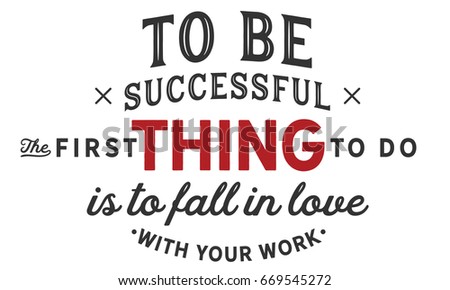Women are part of the untapped workforce that employers need but often sidestep

Women today have been described as the main driving force behind decades of growth.
With technology and education within reach, women have infiltrated the gender barrier over the decades, and are now able to ascend the corporate ladder and start their own business ventures, which were previously dominated by men.
It is estimated that women account for more than half of the world’s output. By 2025, the number of women in the workforce is expected to surpass men by 2 to 11. In the United States alone, women hold 49. 1 per cent of the nation’s jobs, while in Asia, the female labour force participation has been growing steadily over the last five years. Nonetheless, more can be done to encourage women, particularly those who have been out of the workforce, to come back to work.
Workplace Diversity

Diversity in the workplace is key to maintaining an organisation’s competitive advantage. Research has shown that a diverse workforce not only promotes creativity, but also encourages critical analysis. This is helpful in improving company practices and services. The positive vibe will help to attract the best talents and develop the company’s brand as an employer of choice.
Talent comes in all shapes and sizes and from various backgrounds and lifestyles – new mothers and mature women with grown children included. Such diversity can bring positive change to the organisation. For example, in a traditionally male-dominated industry, women can not only bring a refreshing change to the workplace but also present alternative perspectives.
With the current economic climate and widespread retrenchments, skill shortages are prevalent in some industries while those who were spared the axe are faced with greatly increased workloads. Women rejoining or entering the workforce, especially trained professionals who have been upgrading themselves, can help to bridge skills gaps.
However, while many women are keen to enter or re-join the workforce, they face unique challenges such as the fear of prejudice from employers or the difficulty of translating their skills in raising children and managing the household to the corporate world.
The Glass Ceiling

According to a study by the University of Texas in the United States, the top three reasons why women exit the workforce are family-centric – personal or familial obligations, excessive work hours that prevented them from meeting familial obligations and the personal choice to be a stay-at-home wife or mother.
Recessions will compel many women to enter or rejoin the workforce to supplement the household income. However, many of them will find themselves disadvantaged primarily because they have been out of the workplace for some time and their skills are no longer relevant.
Furthermore, with employers’ more stringent hiring requirements, these women face fierce competition from the retrenched, fresh graduates and mid-career switchers.
Additionally, women’s obligations to family are also seen negatively by some employers who equate family priorities to lack of commitment. Such perceptions also hamper women’s opportunities to advance their careers.
Paradigm Shift

To attract and retain valuable women staff, there must be a paradigm shift where mindsets are concerned. Working mothers and older women can still contribute to the organisation, given a supportive work environment to help them balance work and family commitments.
During tough economic times, flexibility can bring some of the best talent to fill in the gaps, especially if hiring permanent employees is not an option. Studies have shown that organisations with high levels of flexibility reported strong job satisfaction.
For women who are keen on returning to the workforce full-time, part-time or flexi-work can also be implemented as a gradual transition to full-time work. For working mothers, flexible working arrangements can help them manage their familial obligations without compromising their responsibilities at work.
Additionally, career-development or leadership programmes not only motivate working mothers, but also demonstrate how they are valued by their employers. Such practices will promote loyal staff while building up the employer brand.
With a supportive network and family-friendly environment, working women can more easily attend to their personal lives and individual career goals. Being more focused and committed at work would mean they are able to contribute to the organisation to the best of their abilities.









